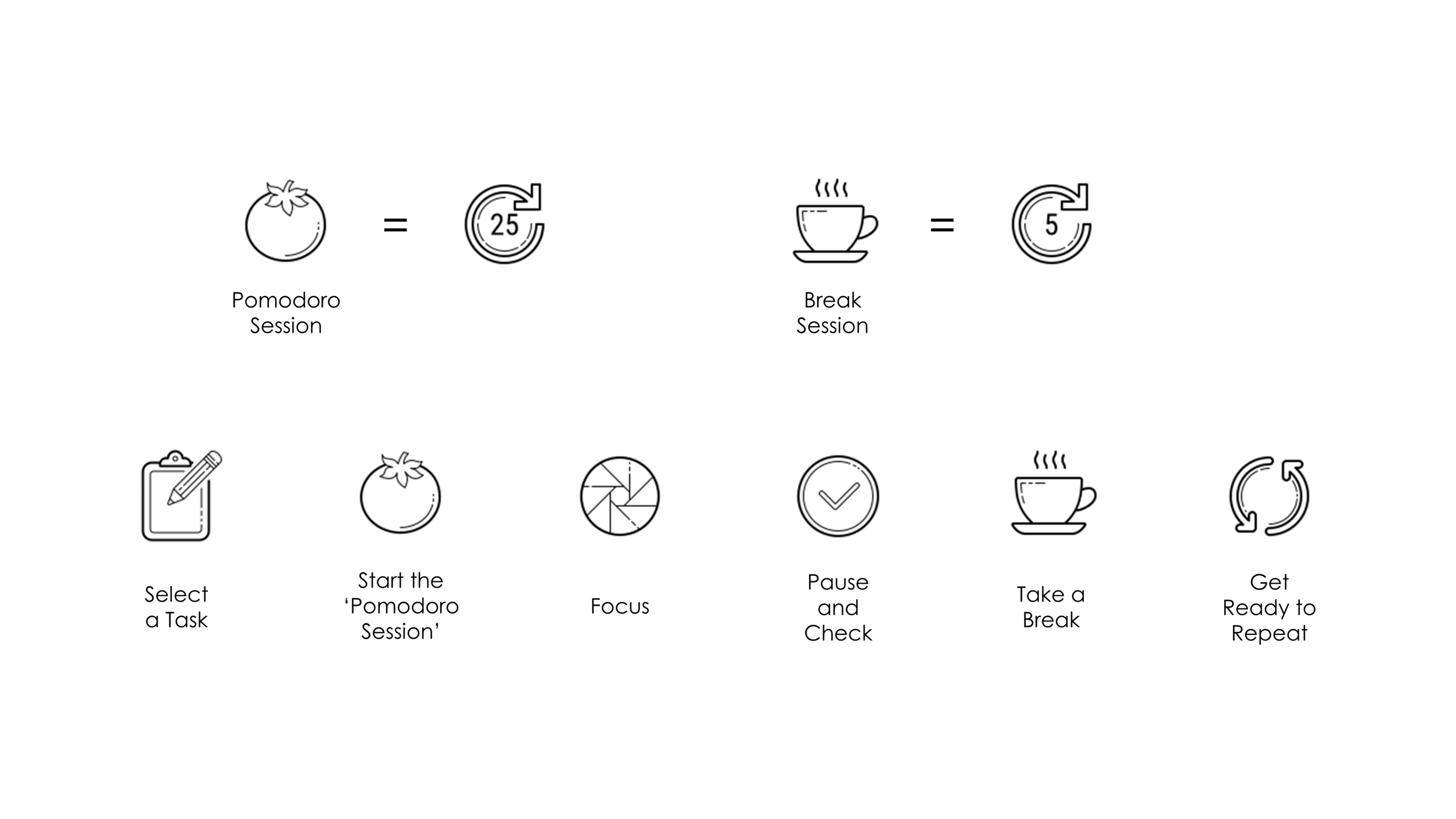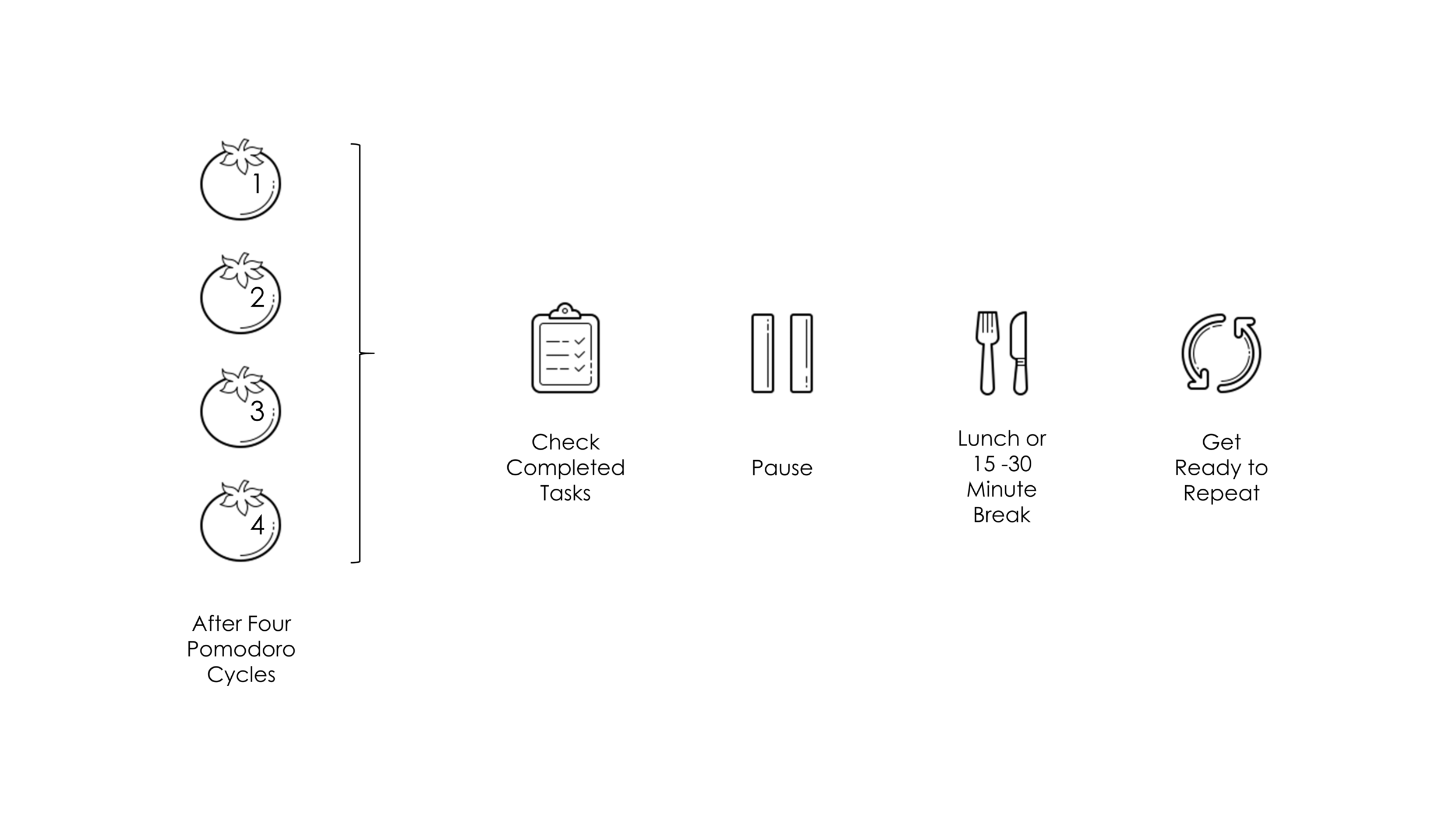Is it a Tomato or a Time Management Strategy?
“Knowledge is knowing that a tomato is a fruit. Wisdom is knowing not to put it in a fruit salad.”
- Brian O'Driscoll
Do you want to: Boost your productivity? Be able to fly through your endless to-do list? Stop procrastination in its tracks? Have your day fly by and feel like you actually accomplished something?
Now I know what you’re thinking… You see a tomato and you wonder how could this possibly help me to be more productive or with any of the above?
Well that very same thought crossed the mind of Francesco Cirillo, when he was staring at his tomato shaped kitchen timer, when he was a university student. But it was that novelty shaped device that led him to develop the ‘Pomodoro Technique’ in the late 1980s as a time management technique.
The strategy employs the use of a timer to divide work into 25-minute intervals interrupted by short breaks. Each interval is referred to as a Pomodoro, which comes from the Italian word for “tomato”.
Quite simply, the ‘Pomodoro Technique’ is a cyclical time management strategy. You work in small bursts, which ensures that you are focused and always productive. You also get to take regular breaks, which will help you stay motivated and creative. It encourages you to work within the constraints of your time rather than against it.
The main idea behind Pomodoro is that the timer provides a sense of urgency. How many times have you thought you have plenty of time through the day to complete something, only to see that time go to waste through distractions and procrastination? With the timer, however, you know you only have 25 minutes to make as much progress on a task as possible.
Additionally, by taking frequent breaks, it helps to alleviate that burnt-out feeling that we get at the end of the day. The constantly-ticking timer is there as a reminder that, using the Pomodoro Technique, it’s simply not possible to spend hours in front of your desk as you previously would.
Working in 25-minute blocks (called ‘Pomodoro Sessions’) these are followed by 5-minute intervals, giving you a sense of accomplishment at the end of each day.
The ‘Pomodoro Technique’ is popular among freelancers who want to keep track of their time, students who want to learn and study more successfully, and anybody else who wants to enhance their professional or personal projects.
The method is simple but extremely effective.
“One day, we will be more creative, more productive and yet more relaxed.”
- Francesco Cirillo
So, let’s break it down…
There are six steps that Francesco Cirillo developed in his original method. Here they are:
1. Choose a task that needs to be completed.
2. Use a timer by setting it to 25 minutes.
3. Start the timer and focus on the task, and only that task, for the full 25 minutes.
4. Stop working on the task when the timer goes off.
5. Place a checkmark on a piece of paper.
6. If you have fewer than four checkmarks, then take a 5-minute break and begin working on the task again. If you completed that task, return to step one and begin another task.
After you have completed four intervals of 25 minutes – AKA marked four checkmarks, take a longer break that is 15- 30 minutes.
A positive of the Pomodoro Technique and working through one full round of work, or four checkmarks, is that you easily focus on a task at hand for almost two hours of time.
How Many Pomodoros a Day?
Most people work an 8-hour day with approximately an hour for lunch, you could feasibly schedule 12 Pomodoros in a typical workday. That allows for 5-minute breaks for Pomodoros for the first 4 hours and longer breaks after that time.
What are the main benefits of the ‘Pomodoro technique’?
Manage your time and avoids distraction
It's important to remember that a pomodoro is an indivisible unit of work, which means that if you're interrupted halfway through by a co-worker, meeting, or emergency, you must either end the pomodoro (saving your work and starting a new one later) or postpone the interruption until the pomodoro is finished. Cirillo recommends the “inform, negotiate, and call back” technique if you can do the latter:
• Inform the other (distracting) party that you’re working on something right now.
• Negotiate a time when you can get back to them about the distracting issue in a timely manner.
• Schedule that follow-up immediately.
• Call back the other party when your Pomodoro is complete and you’re ready to tackle their issue.
Better Accountability & Effective Evaluation
Take a minute after each Pomodoro to write down everything that you've completed. Keeping track of your work and productivity will help you realize how productive you have been and will also give you the motivation to perform better in the next Pomodoro. We also gain an insight into activities that are easy for us to perform and circumstances that increase or decrease our productivity. This is all information that we can use to shape our working day, so as to achieve better results.
Improves Planning
Pomodoro Sessions improves accountability and keeps track of accomplishments. As a result, it is simple to plan effectively for the future. This allows people to see where they excel and how many Pomodoro sessions are required in each area.
Supports Health and Wellness
Pomodoro technique not only focuses on work but also on your wellness. But also, on your regular time intervals where you may have some alone time or simply a timeout, after each Pomodoro session, you can think of those 5 minutes as your personal time, and they will offer you more energy and motivation to finish your tasks.
Greater Self-discipline
People who regularly use the Pomodoro technique train their ability to concentrate and control impulses. This is an important prerequisite for productive working.
Better Results
The probability of finding innovative or good solutions increases enormously if we concentrate on one thing over a longer period of time.
Longer Performance Curve
Sensibly alternating between concentration and relaxation keeps mental performance high. The brain can recover in the meantime and as a result, we are able to work productively for many hours at a time.
More Free Time
As productivity increases due to single-tasking – i.e., the successive and focused processing of tasks – people can complete their work sooner. Ideally, they can also finish work earlier and enjoy more leisure time. If this is not possible for operational reasons, then they at least create room to maneuver because they create additional time for other urgent tasks.
After Thoughts
Although the technique initially is geared towards 25-minute sessions, there is no hard and fast rule. Some people like to have longer sessions with an extended break, others like to focus on only 15- 20 minutes at a stretch when the task is too hard to start.
One of the more popular ratios is a 52:17-minute session, where one works focused for 52 minutes and then takes a break for 17 minutes. According to the data drawn from DeskTime, a productivity app to track computer usage, the top 10 per cent performers among its users were the ones who used this ratio at work.
But the key to the Pomodoro Technique is importantly about being mindful. It is about training yourself to be present with the task that you are participating in. By using the Pomodoro Technique, you will find less scattered thoughts and experiences, and more mindful focus.
The Pomodoro Technique is a way to learn to be less overwhelmed. It became a foundation of focus and practicing mindfulness in daily life that brings more meaning, contentment, and joy in your life and work ethic.



